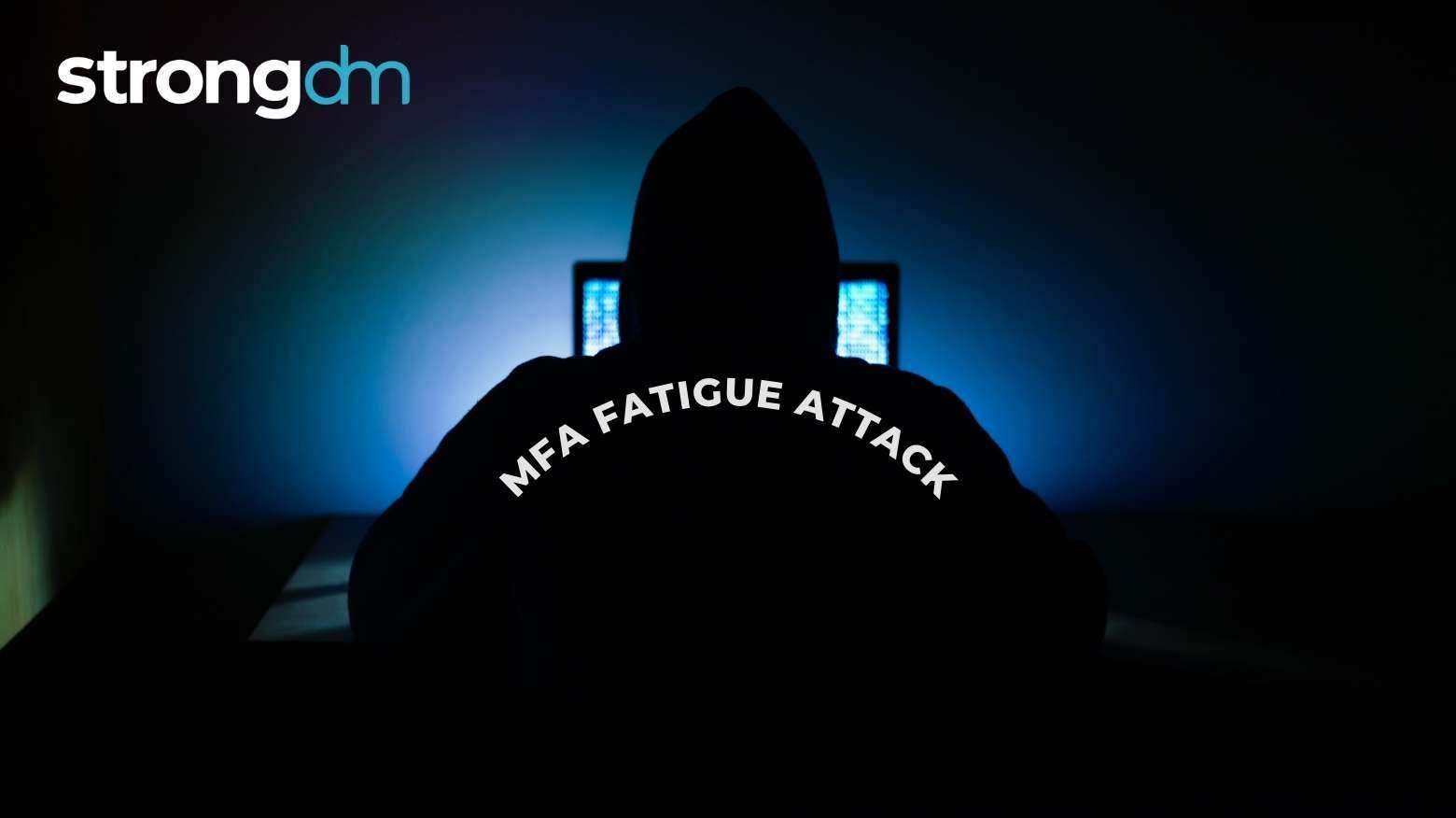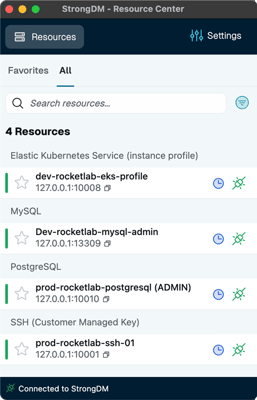This article investigates MFA fatigue attacks. We'll explain how they work, why they're effective, and who they typically target. We'll also provide real-life examples to help your team detect and prevent these threats. You'll leave with a clear understanding of MFA fatigue attacks and tips on how to shore up your cloud security to defend against them.
Posts by Category:
- Security
- Access
- DevOps
- Privileged Access Management
- Auditing
- Zero Trust
- Compliance
- Policy
- Databases
- SOC 2
- Authentication
- Identity and Access Management
- Team
- Compare
- Engineering
- Integrations
- Product
- Kubernetes
- AWS
- Productivity
- Podcasts
- SSH
- Observability
- HIPAA
- ISO 27001
- Role-Based Access Control
- Dynamic Access Management
- Secure Access Service Edge
- Webinars
- Events
- NIST
- Onboarding
- Passwordless
- Offsites
- Platform
- PCI
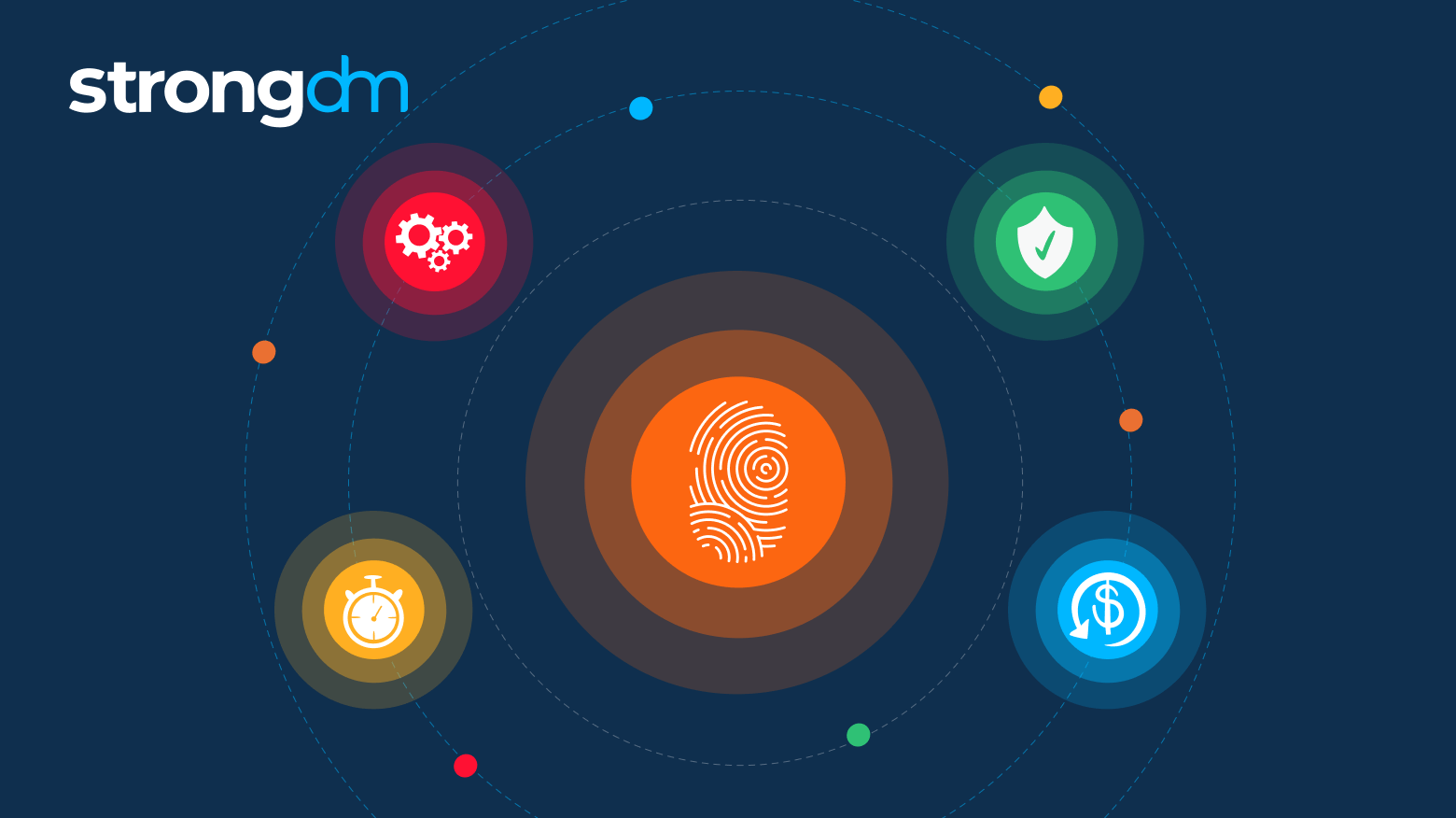
User provisioning is the process of managing user access within an enterprise. It involves creating, managing, and deprovisioning user accounts and access rights across various systems and applications. This includes setting up accounts, assigning roles and permissions, and managing identities.
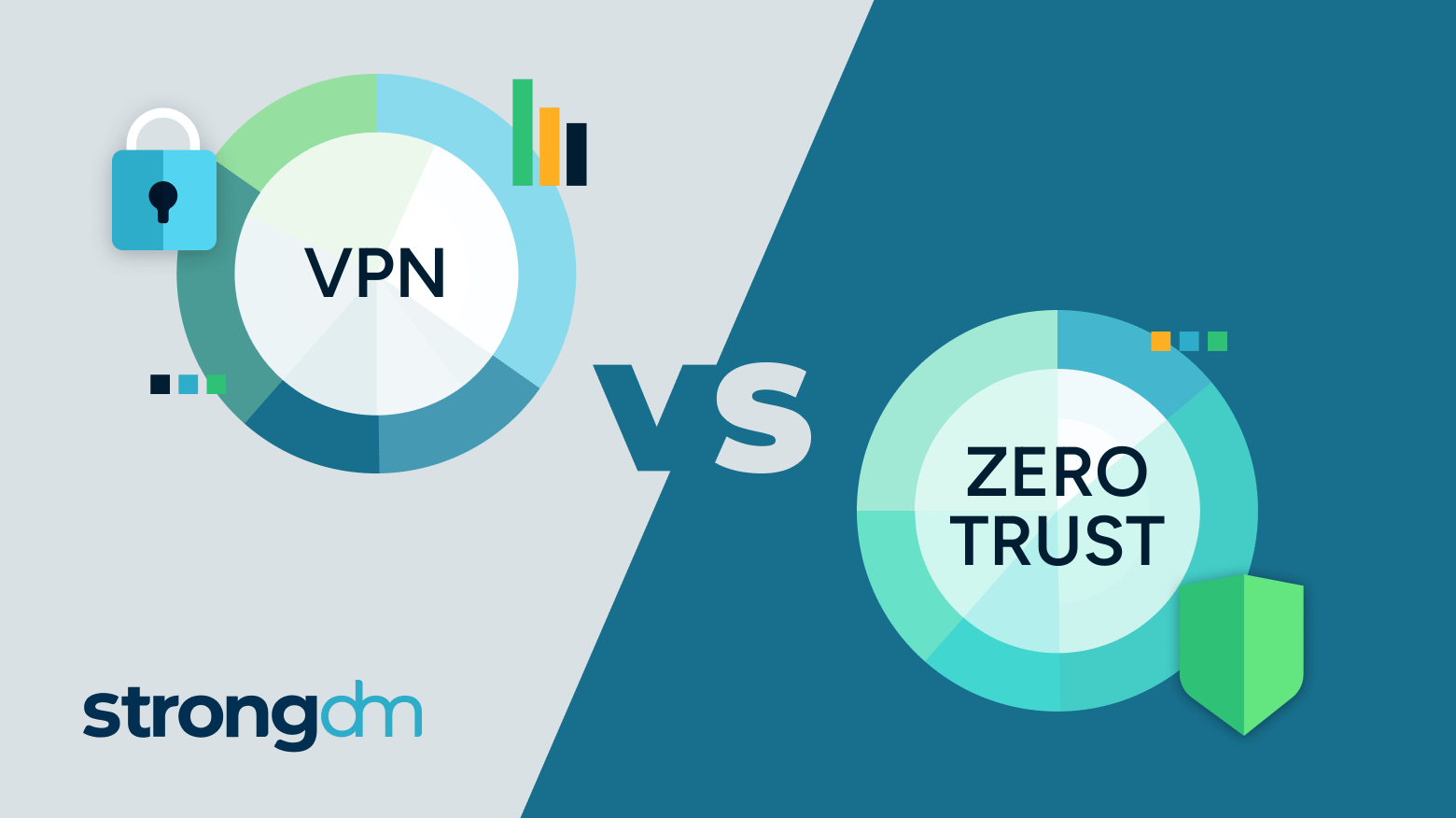
Understanding the core differences between a Zero Trust architecture and a Virtual Private Network (VPN) is an important step in shaping your organization’s cybersecurity strategy. Zero Trust and VPNs offer distinct approaches to security; knowing their functionalities and security philosophies helps you understand when to select one or the other to protect your data effectively—a strategic necessity for robust cybersecurity.
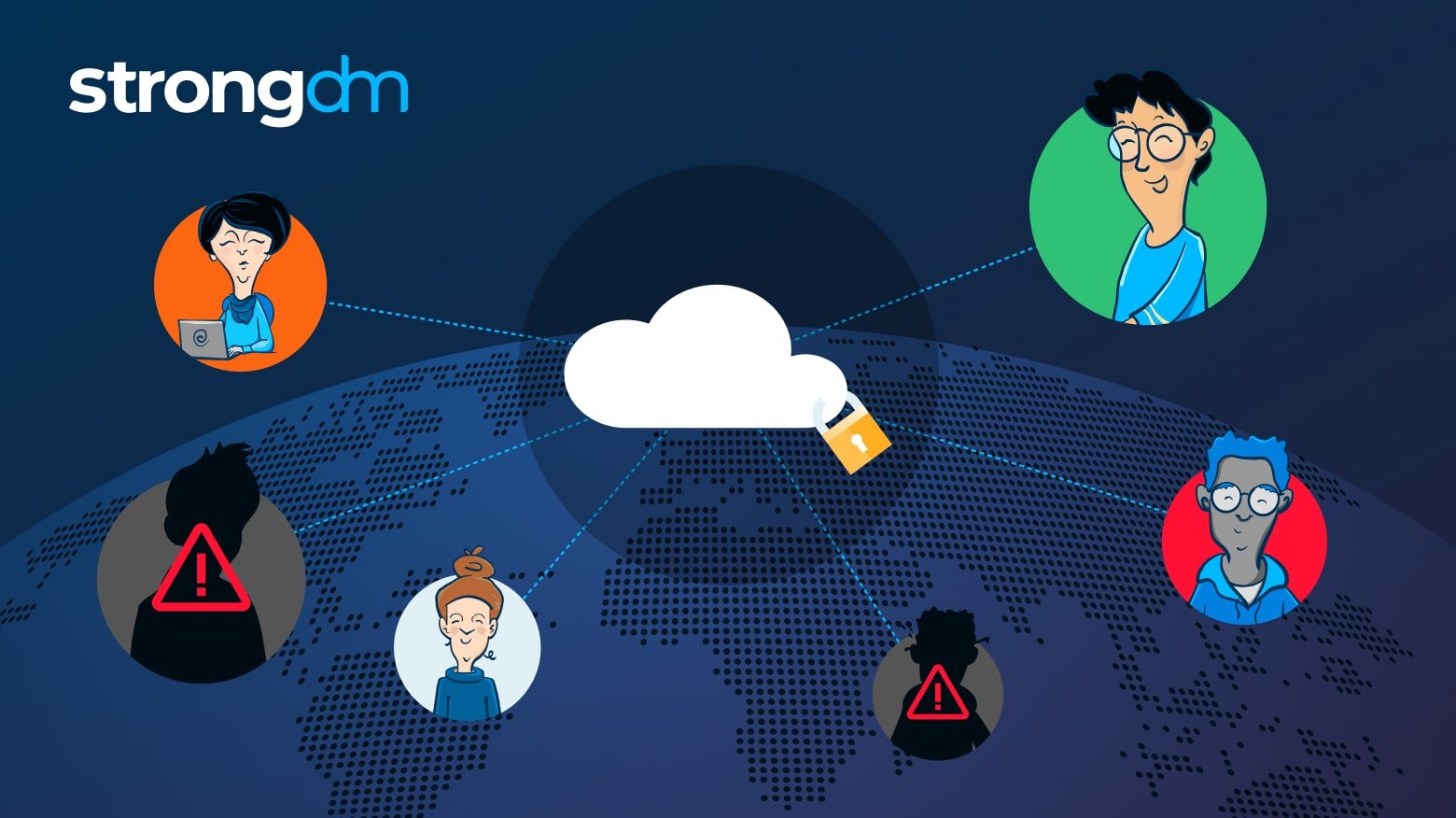
Zero trust is a security and authentication model that eliminates the assumption of trust and shifts the focus from a traditional security parameter, like a VPN or firewall, to the individual user. Nearly all (92 percent) cybersecurity professionals agree that it’s the best network security approach that exists. In this article, we’ll evaluate the top nine zero trust solutions and help you decide which is right for your organization.
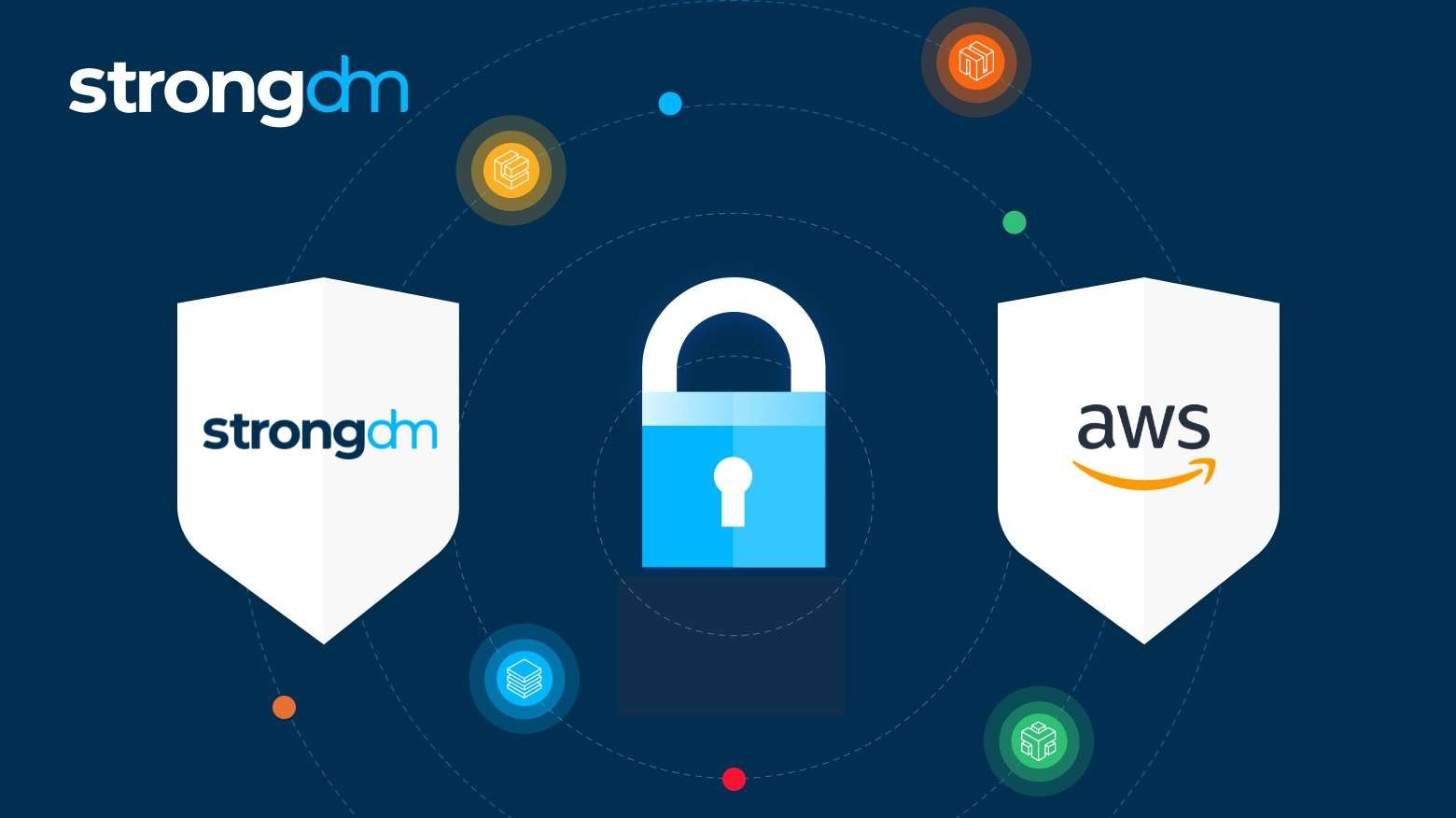
Both AWS Systems Manager (SSM) Session Manager and StrongDM are solutions for gaining remote access to critical infrastructure. Yet, while they share some of the same capabilities required of an enterprise access management platform, the execution and the ultimate goals they accomplish for security and compliance teams are very different.
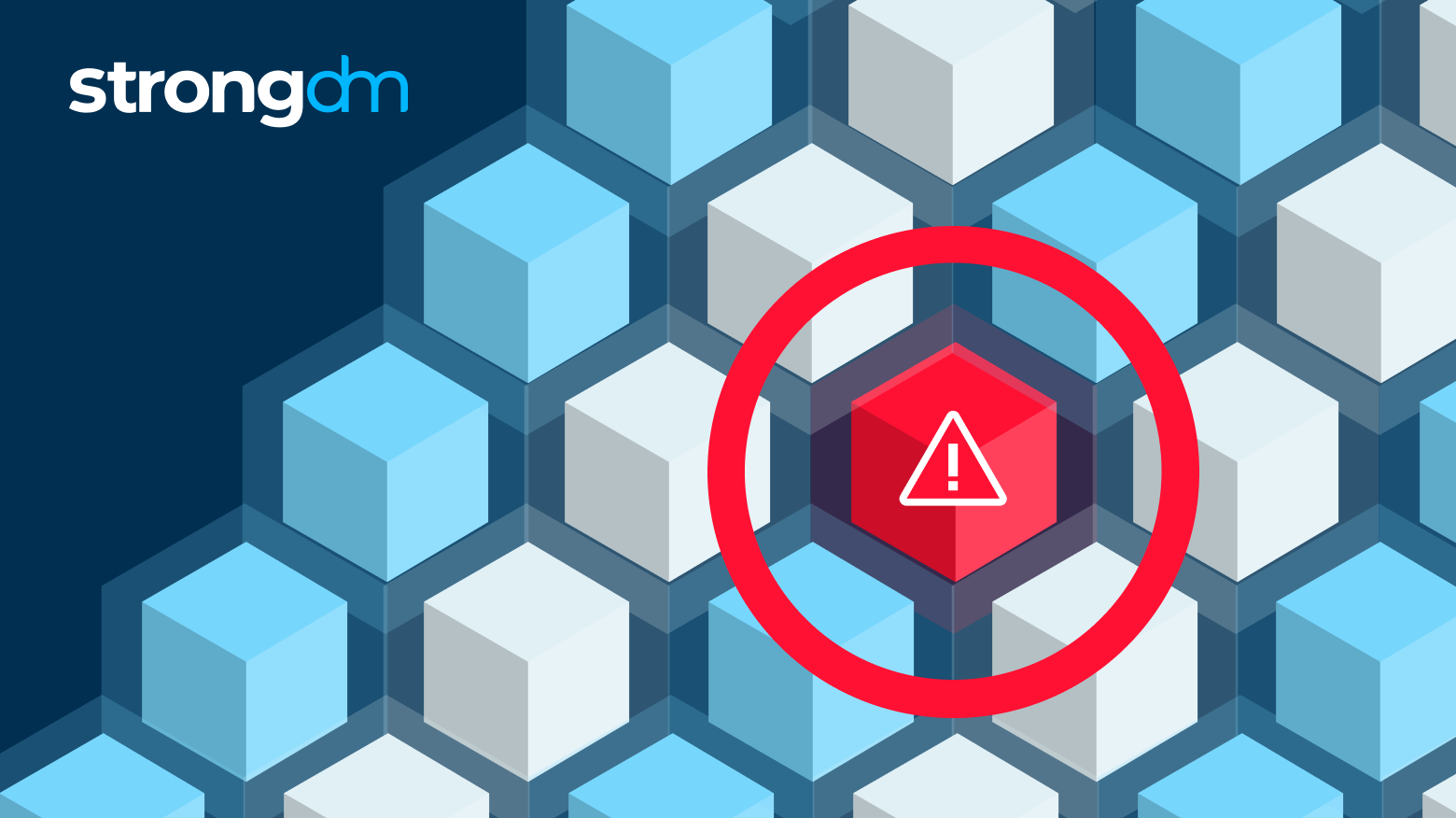
Unauthorized access—the unauthorized entry or use of an organization's systems, networks, or data by individuals without permission—is a common way for bad actors to exfiltrate data, inject malicious code, and take advantage of all types of breaches, and can have severe consequences for an enterprise and its customers.
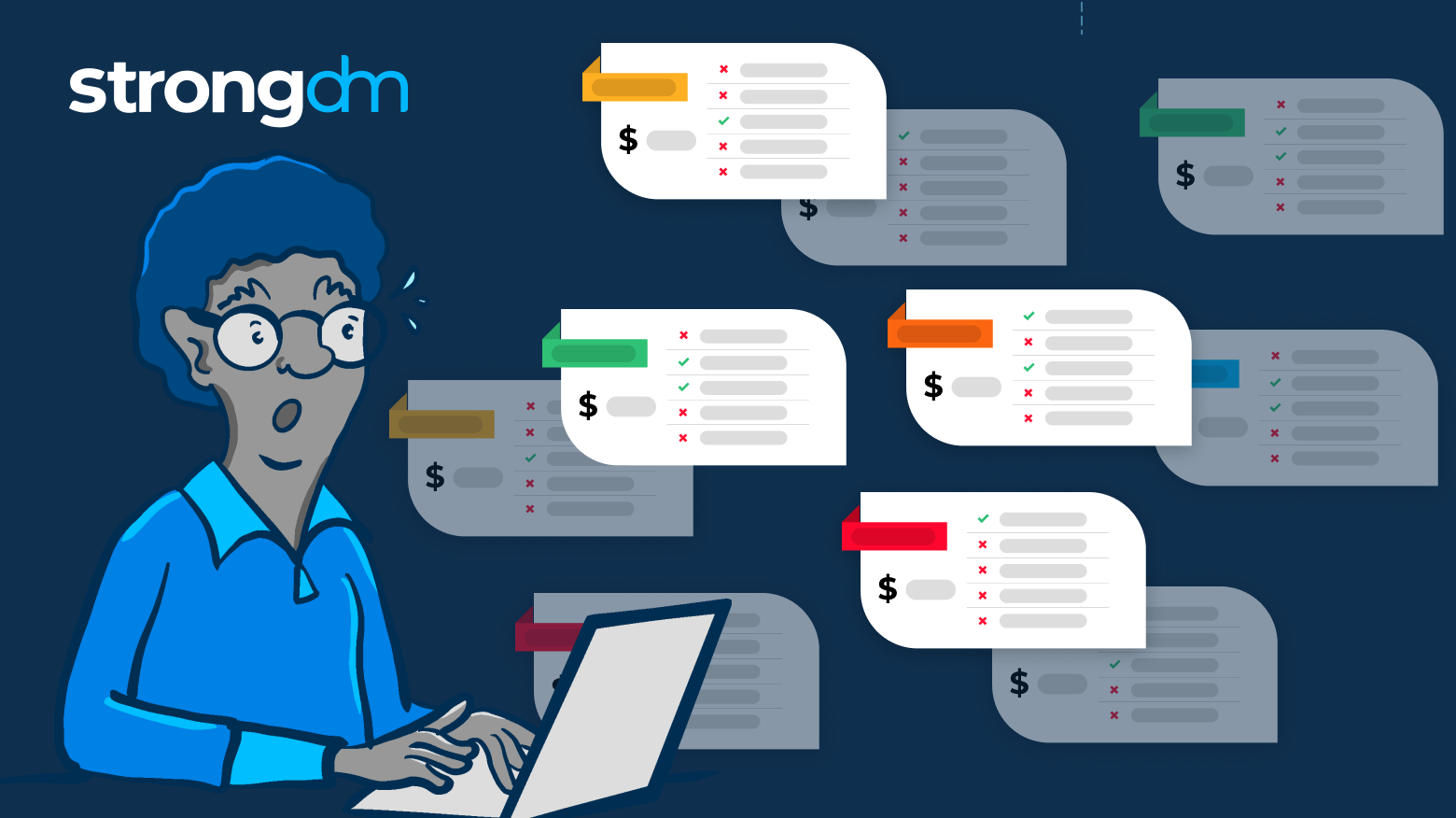
Financial services companies handle a vast amount of sensitive data, including the personal and financial information of their customers. This makes them a prime target for hackers and cybercriminals who want to steal that data. Hackers are constantly finding new ways to break through the walls of enterprise environments. If successful, they can cause serious problems like identity theft or fake transactions, impacting individuals and companies financially.
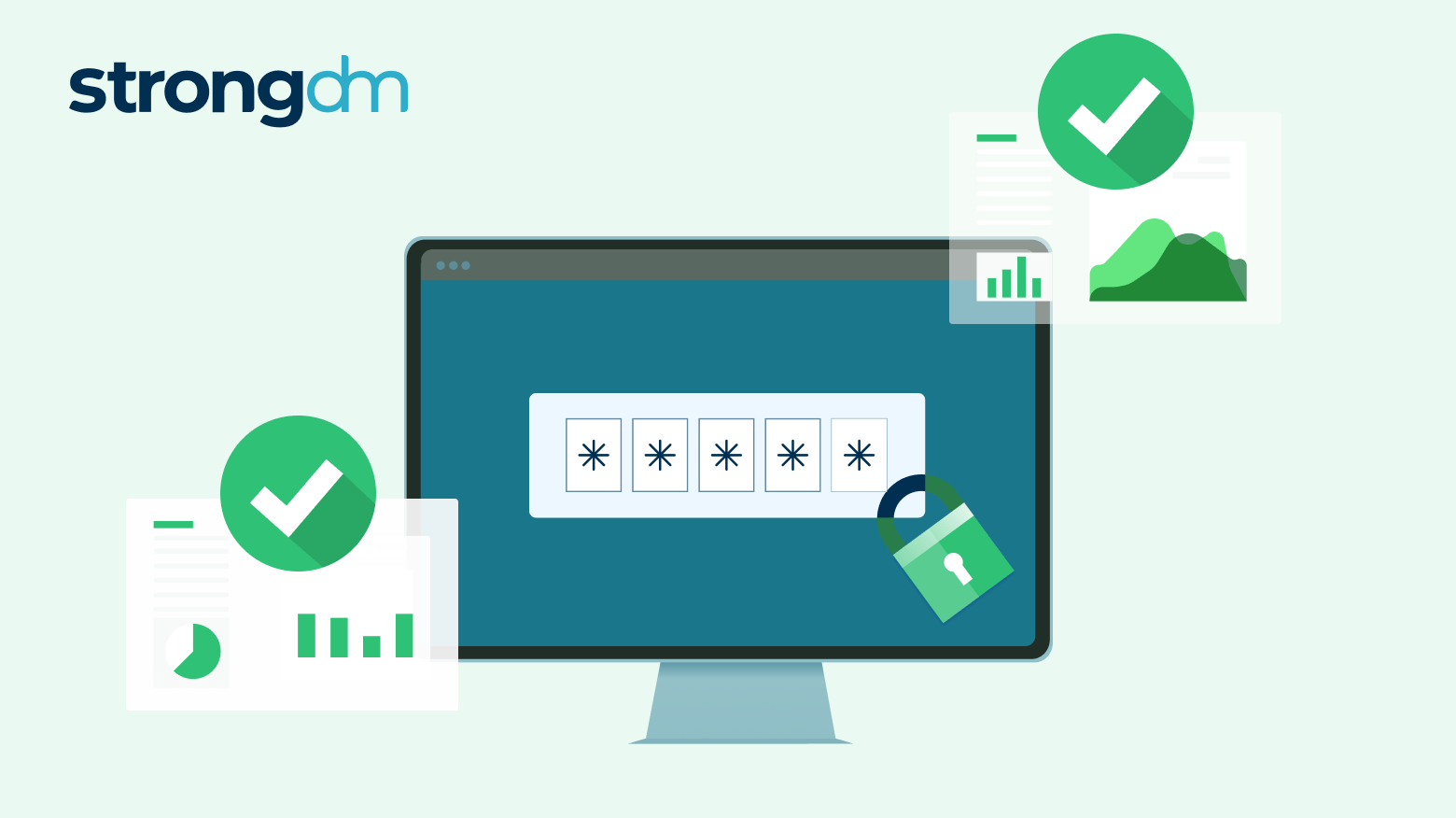
Weak passwords are the third most common attack vector for malicious actors — and often the most difficult for enterprises to control since individual employees typically choose their own passwords. Effectively managing passwords is critical in safeguarding your organization’s assets, maintaining regulatory compliance, and minimizing security risks. In this article, we’ll share 13 password management best practices that will help you keep your systems and data safe from password-related attacks.
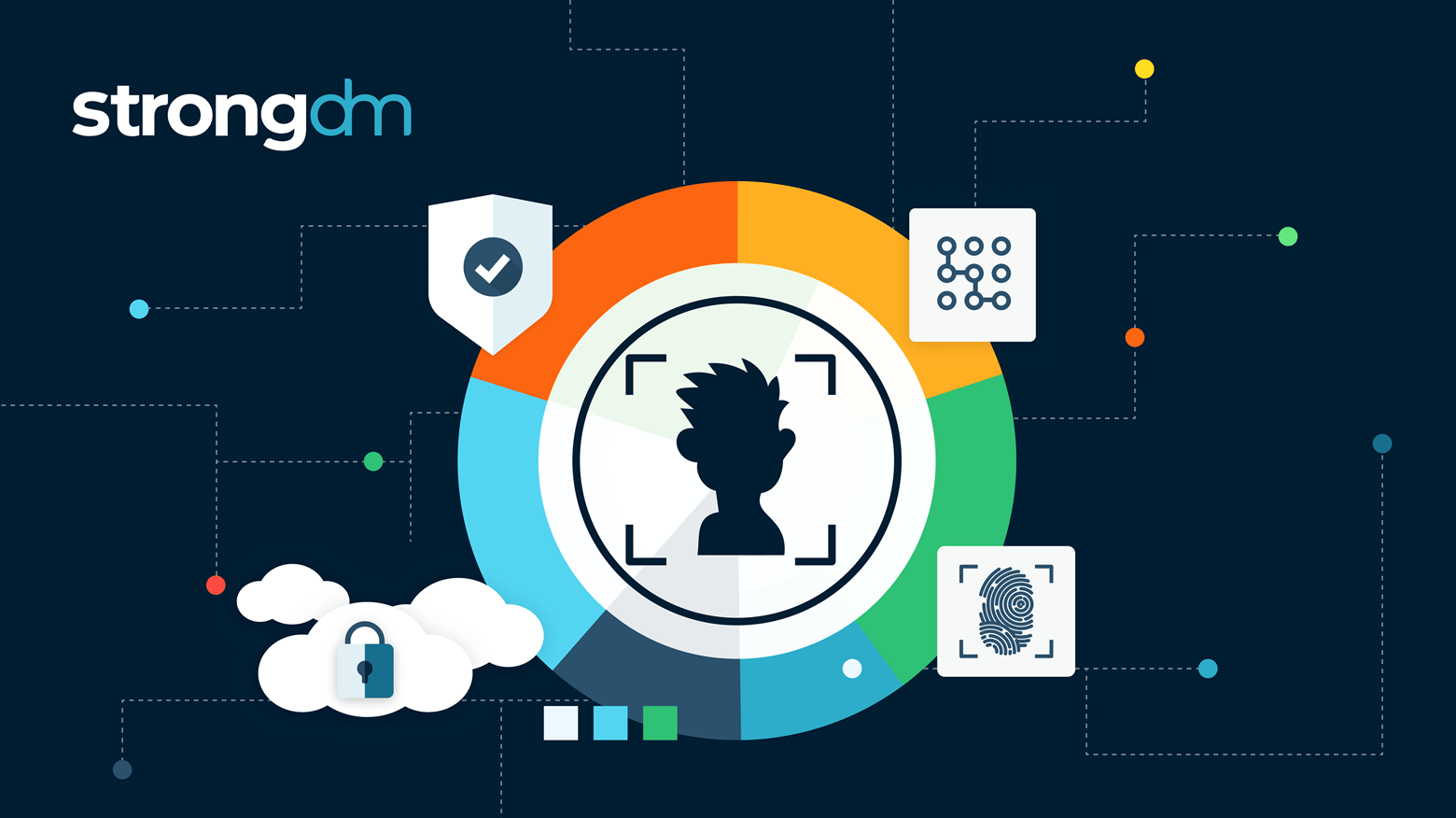
Context-based access controls refer to a dynamic and adaptive approach to managing security policies in modern infrastructure. Addressing challenges in enforcing consistent security across diverse platforms, these policies consider factors such as device posture and geo-location to adjust access controls dynamically. By narrowing access based on contextual parameters, they reduce the attack surface, enhance security, and streamline policy administration, ensuring compliance in evolving
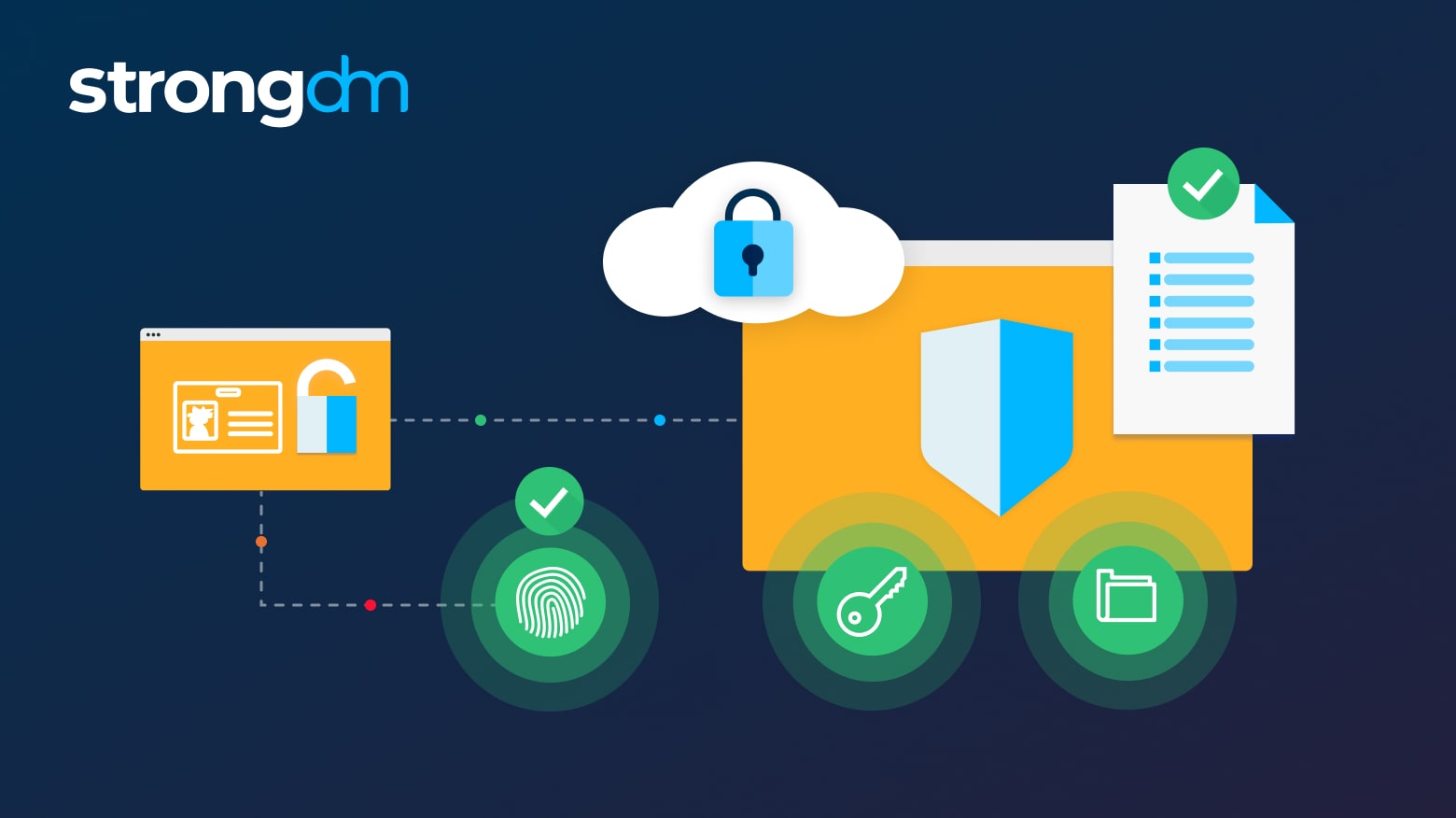
Vendor Access Management (VAM) is the systematic control and oversight of vendor access to an organization's systems, applications, and data. It involves processes such as onboarding and offboarding vendors, utilizing solutions for Just-in-Time access, ensuring security, and streamlining workflows to minimize operational inefficiencies.
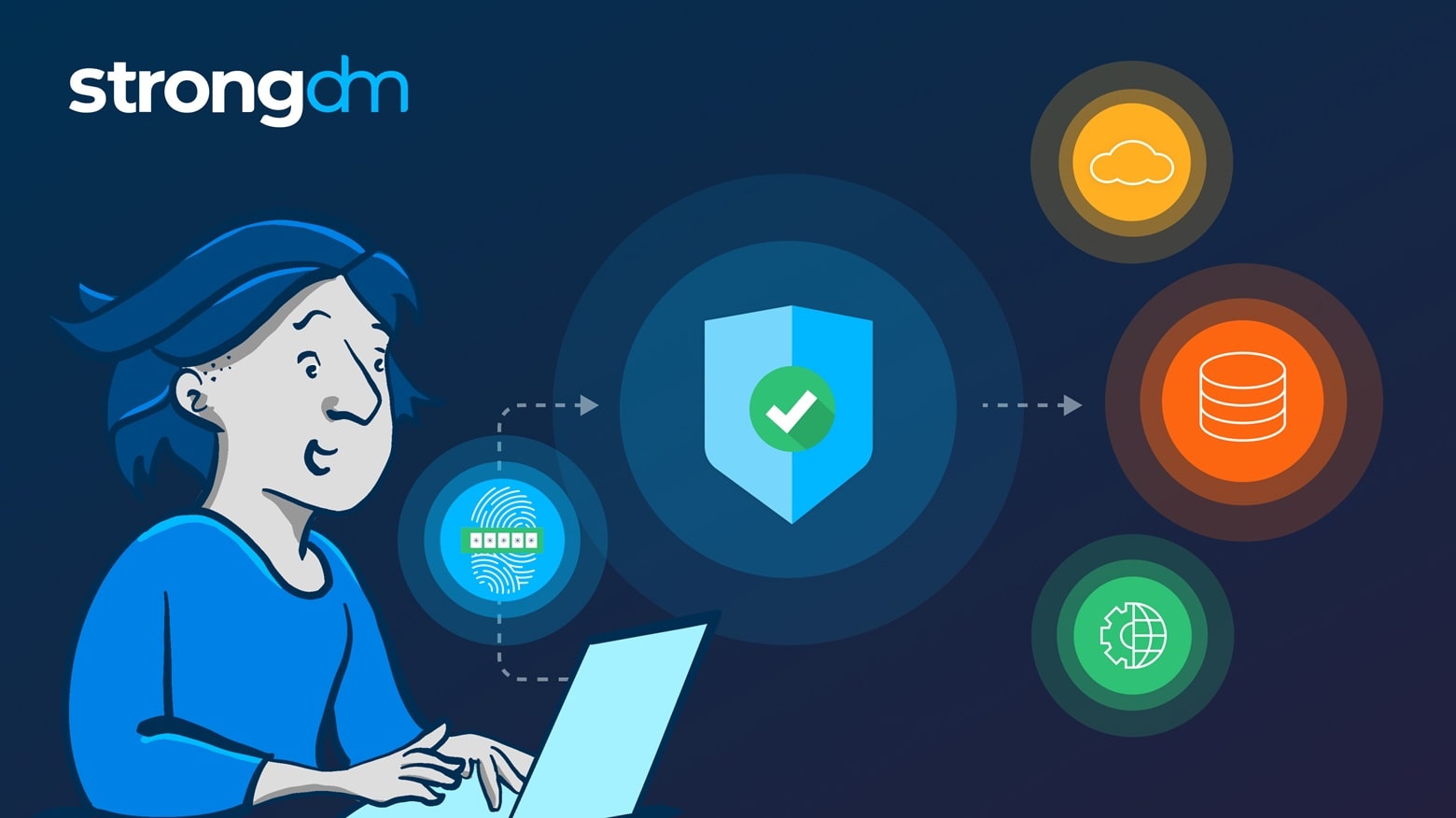
Fine-grained access control systems determine a user’s access rights—to infrastructure, data, or resources, for example—once past initial authentication. Unlike coarse-grained access control (CGAC), which relies on a single factor, such as role, to grant access, FGAC relies on multiple factors. For example, it may consider policies (policy-based access control, or PBAC), attributes (attribute-based access control, or RBAC), or a user’s behavior in a certain context (behavior-based access
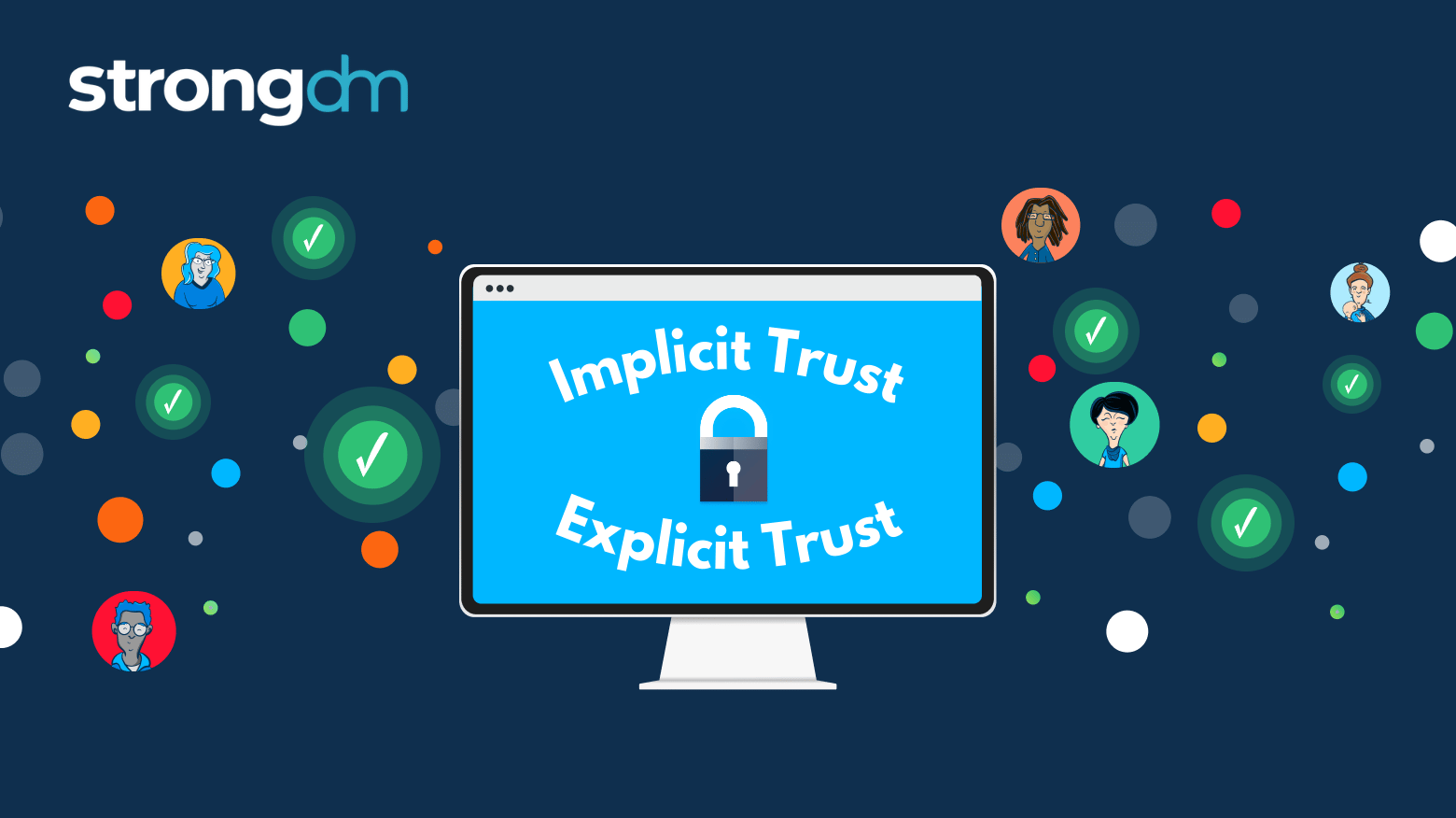
Trust is an essential cornerstone in access management. However, not all trust is created equal. When it comes to how you approach access, two types of trust stand out: implicit trust and explicit trust.

People come, and people go, and while digital identities should cease to exist after a departure, many times, this doesn’t happen. At any given time, organizations can have thousands of user identities to manage and track, so when processes aren’t automated, it’s easy for many identities to fall through the cracks. This phenomenon is called Identity Lifecycle Management, and when it comes to access and security, it’s worth the time to get it right.
